How to Safeguard Industrial Gas Plants: Proven Pest Control Tactics for Maximum Facility Protection
- Mohammed shoaib
- Jan 22
- 3 min read

Industrial gas plants are essential infrastructures, and they come with unique challenges. Among these, pest infestations pose significant threats to safety and efficiency. Pests can compromise security, damage equipment, and disrupt daily operations. This guide highlights effective pest management strategies specifically designed for large-scale industrial gas plants, ensuring optimal protection and safety.
Understanding the Impact of Pests in Industrial Gas Plants
Pests—including rodents, insects, and birds—can disrupt operations at industrial gas plants. These pests can chew through insulation and electrical wiring, which may lead to malfunctions. For example, a 2017 study showed that rodent damage accounted for nearly $1 billion in losses across various industries, part of which included significant operational costs in gas facilities due to downtime.
Furthermore, pest presence can lead to non-compliance with health and safety regulations. For instance, the Occupational Safety and Health Administration (OSHA) mandates strict pest control measures to ensure worker safety. If pest issues arise and are not addressed, plants could face fines averaging around $2,000 per violation, along with potential temporary shutdowns that can severely affect productivity.
Effective Pest Prevention Strategies for Gas Plants
1. Conducting Regular Inspections
Regular inspections form the backbone of an effective industrial pest control plan. Facility managers should conduct routine checks to detect potential pest entry points, nesting areas, and signs of infestations. Such inspections allow for quick identification of vulnerabilities and enable early interventions.
Key focus areas for inspections include:
Entry points: Consistently check doors, windows, and vents for gaps.
Storage areas: Ensure goods are sealed properly to avoid pest attraction.
Waste management: Adopt practices for regular cleaning and proper waste disposal to deter pests.
2. Implementing Barriers and Exclusion Techniques
After identifying vulnerabilities, the next step is to adopt exclusion techniques. These methods prevent pests from entering the facility, which is crucial for maintaining a pest-free environment. This includes:
Sealing cracks and gaps: Use caulk or expanding foam to eliminate potential entry points.
Installing screens: Adding screens on windows and vents creates a barrier for flying insects.
Proper storage: Utilize airtight containers for food supplies and routinely check for expired materials.
3. Maintaining a Clean and Organized Facility
A clean and well-organized gas plant is less attractive to pests. Adopting a daily cleaning schedule focused on high-risk areas, like break rooms and storage spaces, helps deter infestations.
Recommended cleaning practices include:
Regularly emptying and sealing trash bins to eliminate food sources.
Clearing clutter that could serve as hiding spots for pests.
Maintaining outdoor areas to reduce nesting opportunities.
4. Collaborating with Professional Pest Control Services
Partnering with professional pest management companies is key for effective pest control in industrial settings. Experts in pest prevention can offer tailored solutions suited to the unique needs of gas plants.
Benefits of professional services include:
Customized pest control plans that directly address specific threats in your facility.
Access to advanced pest control technologies and products, which may not be available for general public use.
Ongoing monitoring and maintenance to ensure long-term pest management success.
5. Employee Training and Awareness
Training your workforce significantly enhances the success of pest control measures. Teaching employees to recognize signs of pest activity and report issues can lead to early detection and resolution.
Essential training topics may cover:
Identifying pests and signs of infestations.
Best practices for maintaining a clean workspace.
Proper procedures for reporting pest sightings and concerns.
Final Thoughts on Pest Management
In the complex environment of an industrial gas plant, protecting facilities from pests is critical. By investing in proactive pest management strategies—ranging from regular inspections and exclusion techniques to collaborating with experts and enhancing employee training—facilities can significantly reduce the risks linked with pest-related disruptions.
Adopting a comprehensive pest management plan is not just about compliance; it is vital for operational continuity and safety. These actions not only deter pests effectively but also boost the overall safety and productivity of the plant.

.png)
.png)



Comments